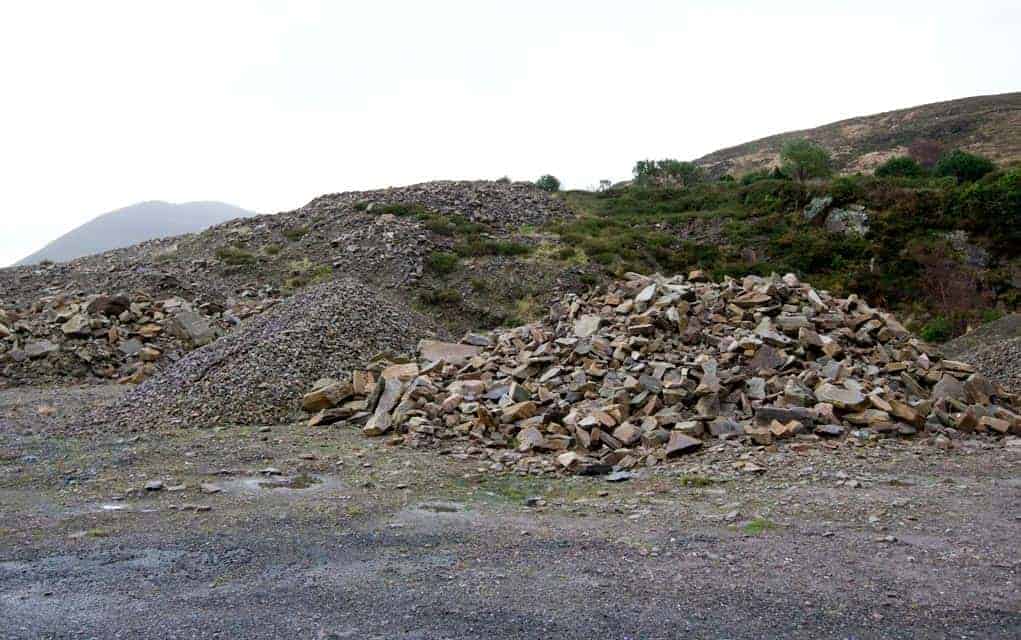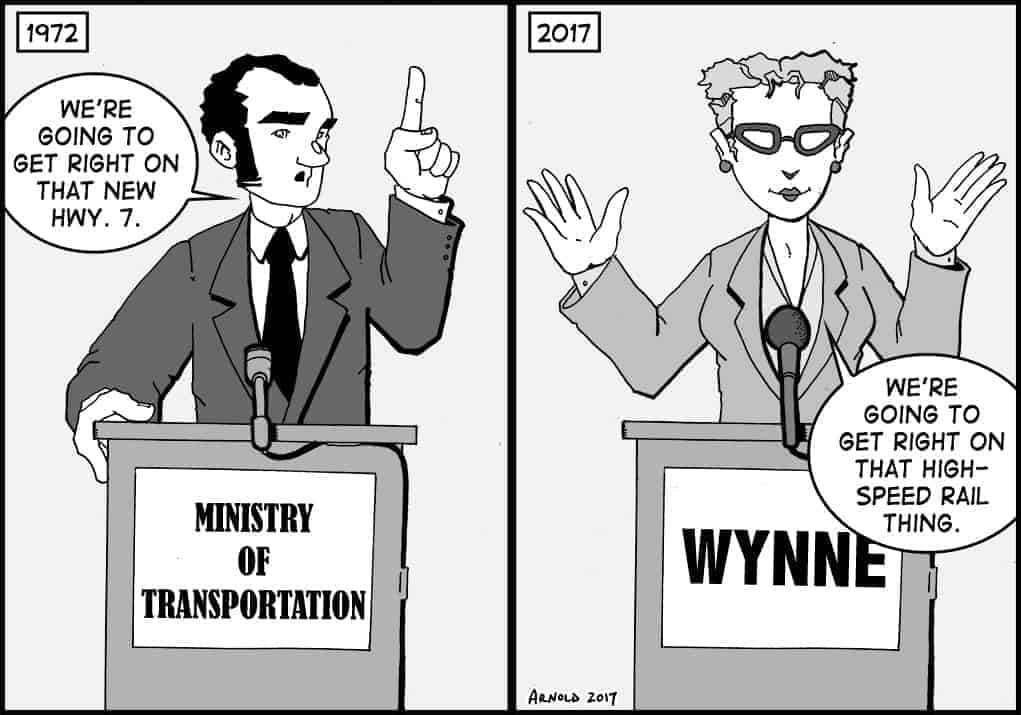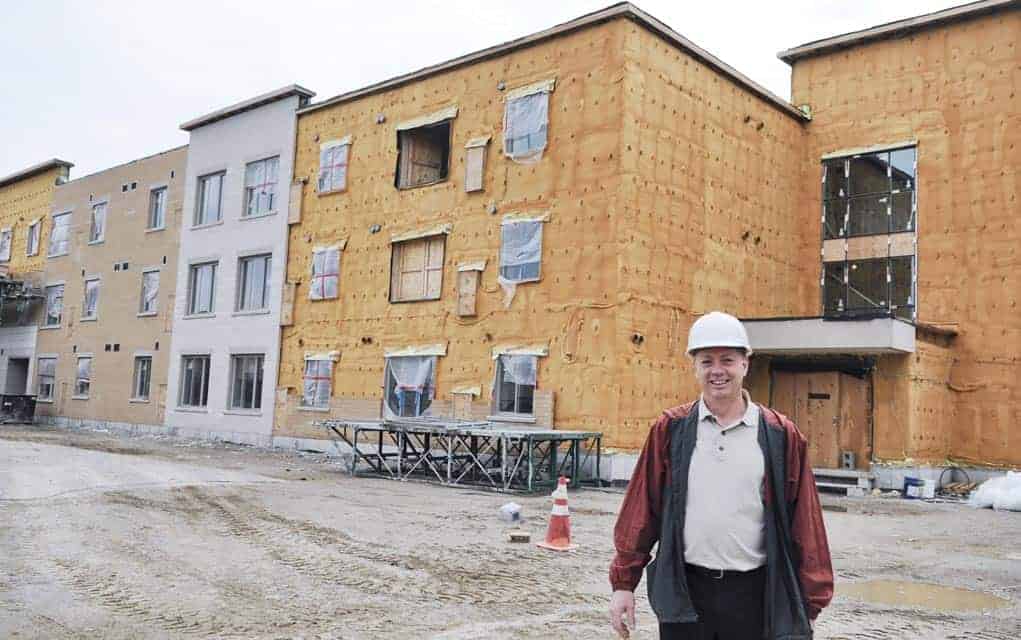The province has made changes to its Aggregate Resources Act, but so far has provided few details that might be helpful for municipalities and citizens’ groups dealing with gravel pit applications, for instance.
Bill 39 – formally Aggregate Resources and Mining Modernization Act, 2017 – passed the Ontario Legislature earlier this month, but left out specifics that are to be added at a later date.
“The devil is in the detail. Until the policies and procedures are developed and circulated for review, it’s difficult to comment on how positive, negative and/or effective the new rules and regulations will be,” says Tony Dowling, a vice-president with Gravel Watch Ontario.
A West Montrose resident and member of the BridgeKeepers organization, Dowling is no stranger to Woolwich’s battles with the gravel industry. Both the township and advocacy groups have been left frustrated by a system that is said to provide too much power to the extraction industry and the Ministry of Natural Resources, rather than leaving decisions to local authorities.
For more clarity, however, all parties are going to have to wait for actual regulations to be developed. Bill 39 is so-called enabling legislation, which provides for changes that will come through detailed rules, policies and regulations that put meat on the bones.
“There’s very little in this legislation right now,” said Norman Cheesman, executive director of the Ontario Stone, Sand & Gravel Association. “The rubber will hit the road with the regulations.”
The organization, which represents producers, supported the legislation as a way to make progress following years of discussion. As with the other parties, such as residents’ groups and municipalities, OSSGA will also be looking for what follows, providing input to the government along the way.
“We’re confident that we will have a good discussion with the ministry,” he added, noting the goal is to get the regulations right because everyone will have to live with them. “That’s going to be the rules for the next decade – they don’t change the Aggregate Resources Act every couple of years.”
How the changes might affect Woolwich, scene of more than a few gravel pit battles in recent years, remains to be seen, notes Dan Kennaley, the township’s director of engineering and planning.
Woolwich has pressed for more local control, including the ability to add sunset clauses into agreements so that gravel pits have specific end dates rather than operating indefinitely.
Bill 39 does offer up some details, however, including higher fines for violations of the act – to a maximum of $1,000,000 and a new maximum daily fine of $100,000. Royalties paid to host municipalities will also increase, to 19.8 cents per tonne from the current 11.5 cents.
Cheesman said he expects that increase to come into effect in the new year, adding the industry doesn’t object to the levy hike, but adding costs are likely to be passed on to buyers.
“We’d be happy to give them more, if the province would regulate it,” he said of industry’s cut to municipalities.
For 2016, Woolwich received $11,651.61 from the so-called gravel tax, said finance director Richard Petherick.
Consultations with stakeholders, from producers to citizens’ groups, is expected to push back the development of detail regulations until early next year.









